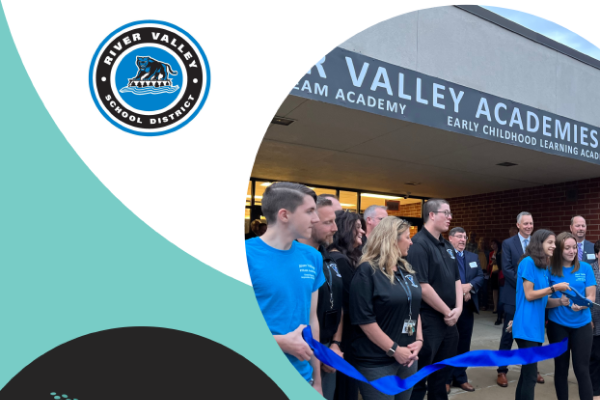The Giving Season Cannot End at Holidays
December 01, 2017
Executive Perspective
As soon as December comes around, the child I used to be takes control of me. The feeling is enhanced by the sound of holiday music, by the stores that are decorated and filled with shoppers and by the chill in the air that offers the promise of snow.
Many of us are making plans to gather with family and friends as we look forward to feasts and gifts.
The year-end holidays also are a time when we are thankful for the joys in our lives, and we feel for those less fortunate than
us. We collect toys for children who may not receive any. We fill baskets with food to provide for those families who might otherwise go hungry. We contribute dollars to families in need.
Year-Round Needs
As a young superintendent on Long Island, I fondly recall how staff would contribute toys, food and clothing that we would collect in boxes and deliver to the homes of families struggling to make ends meet. There were sections of our community where three
or four families would occupy an apartment appropriate for one family; where mattresses filled the floor space in sparsely furnished rooms; and where fire codes and occupancy rules were overlooked, but at least they had a roof over their heads and
some warmth during the cold winter nights.
However, in spite of our generosity and our efforts to comfort those less fortunate than us during the holidays, their plight is a year-long event.
The children who come to our schools
hungry, sick, lacking proper clothing, worried about the environment at home, if they have a home — those children are not coming to school ready to learn. They are so preoccupied with basic survival needs that they cannot focus on their academics.
In spite of the efforts of good teachers, they cannot close the achievement gap with their peers.
Beyond Scores
A united effort on the part of the education community brought about the passage of the federal Every Student Succeeds Act. Even though it is still an accountability measure requiring the administration of a standardized test to measure academic achievement,
it allows as much as 50 percent of an accountability model to use something other than a test score.
The Aspen Institute’s National Commission on Social, Emotional and Academic Development recently highlighted the importance of social
and emotional factors, lending credence to the efforts of many educators to de-emphasize test scores as the sole measure of a quality education.
Whenever I meet with superintendents around the country, I hear them talk about the pressure
they and their staff are under to ensure students meet the standardized test performance required by their state’s accountability model. The test-centered culture created by No Child Left Behind is still much a part of our school systems. Teachers,
principals and superintendents remain afraid they will lose their jobs if their students fail to make adequate yearly progress, even though that requirement is no longer part of federal law.
For the past two years, I have been honored to
meet with superintendents in Alaska who are incredibly devoted to the success and well-being of students who, because of re-gional isolation, poverty and social challenges, have high absentee rates, issues with alcohol and drugs, and high rates of
suicide.
Ample evidence suggests if the social-emotional needs of their students were met, the students would come to school ready to learn. Unfortunately, though, no time-out is available in the existing accountability models. No allowances
are made to consider efforts to improve attendance, to provide medical attention to students lacking it, to feed the students who come to school hungry or to shelter the homeless as measures of success that will lead to improved achievement.
At one meeting, a superintendent wondered aloud when raising test scores in reading and math became more essential than saving the lives of children.
Rallying Points
I am encouraged by the numbers of champions for children whom I meet in my travels and hear about from you. These heroes and heroines advocate for the needs of their students, job security be damned. And I delight to see increasing evidence of educators
and supportive communities rally to provide wraparound services and integrated support services such as those offered by Communities In Schools.
Not only are lives of children being saved, we are seeing gains that will close the achievement
gap. Thankfully, in those communities, giving to children in serious need is not restricted to the holiday season.
As you consider the challenges and opportunities of 2018, remember AASA’s National Conference on Education will be held Feb. 15-17 in Nashville. It’s an opportunity to come together and share answers and insights.
I’d be delighted if you’d join us!
Author
Advertisement
Advertisement
Advertisement
Advertisement




.png?sfvrsn=3d584f2d_3)